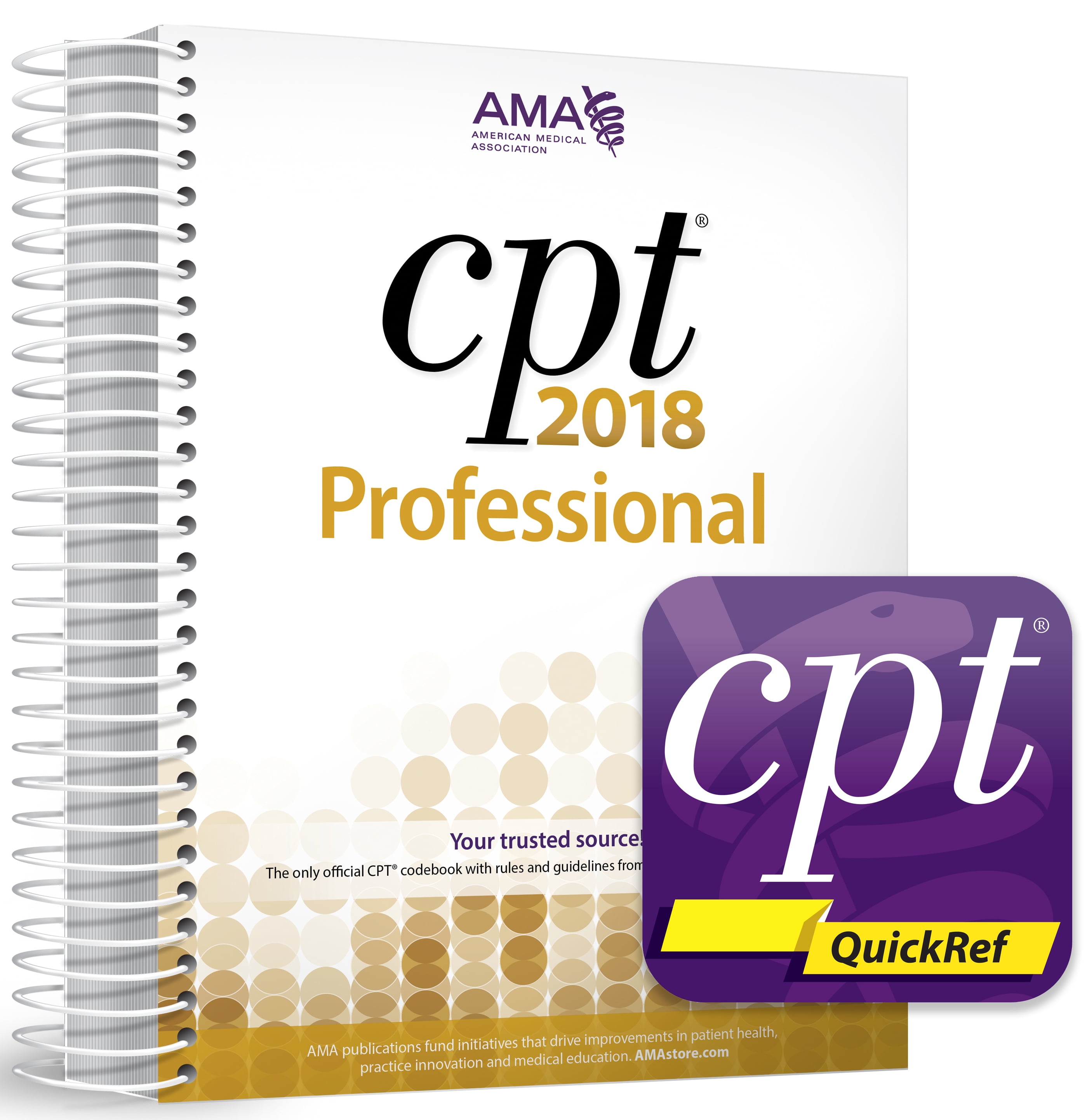

Starting in 2008, the ACS and PRCS included health insurance questions for the first time starting in 2009, there is an item on the field of one's bachelor's degree (if any). The ACS samples also contain several questions on involvement in government programs and a fertility question not asked in the census. The ACS questionnaires are nearly identical to the 2000 census long form.

For more information, see our multi-year ACS page. In early 2011, the Census Bureau began releasing microdata for five-year periods, starting with the 2005-2009 period. Data for the 2006-2008 period was released in early 2010. Multi-year data are also available that describe characteristics for three-year periods starting with the 2005-2007 period.

Researchers analyzing multiple ACS samples over time should remove group quarters cases, since they are available only in the 2006 data onward. The 2006 ACS is the first to contain group quarters.
CPS CODEBOOK FULL
The 2005-onward ACS datasets are full 1% samples containing more than 2,800,000 person records. The 2001-2004 samples each represent approximately 0.4% of the population, including more than 1,000,000 person records per sample. Public use samples from the 2001-onward ACS are even larger. The 2000 ACS is an approximately 1-in-750 public use sample consisting of 372,000 person records. The 2000 ACS provided the survey's first nationally-representative data the Puerto Rican Community Survey (PRCS) became available starting in 2005 and provides equivalent information for Puerto Rico. The Census Bureau has produced test data from the ACS since 1996. The ACS provides an annual snapshot of the American population similar to that provided by the decennial census long form. The Census Bureau developed the ACS to address these problems. Also, many users of Census Bureau products need annual data, rather than data for 10-year intervals. Some respondents found the long form to be a burden, and the Census Bureau was concerned that the unpopularity of the long form contributed to declining response rates. The long form consisted of more than 50 questions, while the short form contained only 7. In every census from 1960-2000, about 1-in-6 American households have received a "long form" census questionnaire (the source for the IPUMS samples). The IPUMS database contains samples from the 2000-2020 ACS. Census Bureau that has replaced the decennial census as the key source of information about American population and housing characteristics.


 0 kommentar(er)
0 kommentar(er)
